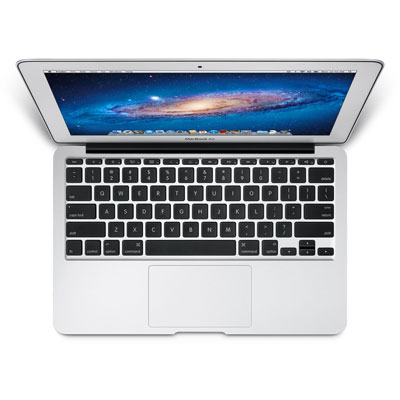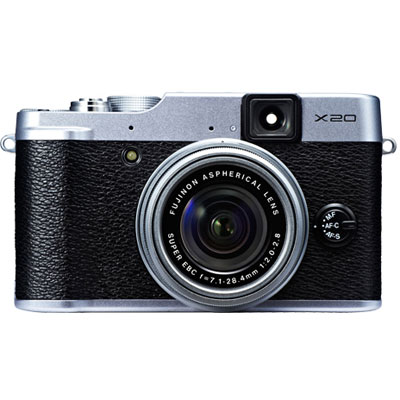Well the rumours were wrong, it turns out the new Monochrom M230 is in fact just a chrome version of the current black M9 CCD Based Monochrom M.
Never mind still a stunning camera and still in a league of its own.

Family, Photography and other misc news
Well the rumours were wrong, it turns out the new Monochrom M230 is in fact just a chrome version of the current black M9 CCD Based Monochrom M.
Never mind still a stunning camera and still in a league of its own.
Adobe have fixed there issues and we are back in business.
Vintage fairs have become very popular over the last few years. On our monthly visits to up hill Lincoln we often pop into a vintage shop and the antique shops in the Bailgate area and Steep Hill.
This Saturday there was a vintage fair held in the Lincoln Drill hall, a familiar location for those of us who attend the Lincoln Photography Show.
I picked up a few items to add to my collection of antique shaving equipment and a rather nice silver stamp holder and a leather match book holder.
Some had dressed the part, the visitors and some of the stall holders. I took a number of photographs with my Leica M8 and there was a number of photographers there taking pictures and making themselves known with their big SLR’s and flashguns.
Next week there is another vintage fare in Lincoln and we might pop over again, it made an interesting and fun morning out.
 There have been a lot of rumours over the last year about a new retina MaBook Air. The rumours also indicate that it will have a 12 inch screen.
There have been a lot of rumours over the last year about a new retina MaBook Air. The rumours also indicate that it will have a 12 inch screen.
The range currently consists of an 11 model and a 13 inch model. The 11 is great for people on the go and easily fits into a small camera bag. You would not want to do too much work on the 11 inch screen and if it was your only computer a desktop monitor would be essential. The 13 inch is more practical and still fits in most camera bags. It also comes with a built in SD card reader making it even more useful.
This weeks upgrade was a minor processor upgrade plus a minor price cut, always gratefully received.
Not sure whether to grab one of these or wait a little longer to see what comes.

Sony recently announced the new A7S, designed for 4K video.
There is a lot of discussion about 4K and whether it will take off or fail like 3D TV. To be honest for content providers there is a case for going to 4K, while consumers are yet to take up 4K it does make sense for film makers to produce their content now in 4K ready for the future.
Putting 4K in what are predominately still cameras to me makes less sense. If your going to shoot movies then use the right equipment. By the time you have purchased all the accessories to make it work you might as well have bought a proper video camera and now 4K video cameras are more available.
There is a case for video in still cameras but its mainly for news paper photographers, they need quick short clips, sound bites for websites. The rest of us also might want to pop a quick short clip onto our websites or YouTube but if your serious about moving making then buy a proper video camera for that use.
Well it’s rare but occasionally modern vehicles do break down.
Our BMW GS developed a fault this morning making the attempted commute to work. It would die when we turned right.
Sounded like a broken ignition wire. We managed to get home again and I called BMW who are collecting the bike next week. So we are car users for a while.
Quick shout out for Astle BMW Grimsby and their bike service department who where very helpful this morning to sort me out.
 Yesterday I popped into my local London Camera Exchange. The aim was to have another play with the Panasonic LF1 compact.
Yesterday I popped into my local London Camera Exchange. The aim was to have another play with the Panasonic LF1 compact.
I had with me my Nikon V1 with 10mm (28mm equivalent) so I could compare sizes.
As was expected size wise the Panasonic won, its much smaller then the Nikon or the Fuji, its a real shirt pocket camera and one that you could easily carry all day every day. With its small sensor its not up to the quality of the Nikon 1 series or Fuji but then it does not try to be. With a good zoom lens its one of the better small compacts around.
As they had one in the store I also tried the Fuji X20. It seems better made then the X10, and the big issue I had with the X10 was the lack of information. When using the viewfinder you had no idea where it was focusing or what it was doing.
The new X20 fixes these issues with information displayed onto the optical viewfinder, even indicating whether it has locked focus and where. There are two issues with the Fuji, first the sensor is smaller then my Nikon V1 but much bigger then the Panasonic, and the view finder is only 85% representative of the actual image being taken so you must remember to frame looser.
The ergonomics were excellent much better than my Nikon and better than the Panasonic, it is much bigger than the Panasonic, in fact its the same size as my Nikon V1 with the 10mm (28mm effective field of view) lens fitted but it does have a decent fast zoom. Of course my Nikon has interchangeable lens and the lens are small and pocketable, the entire outfit of 10-100mm (28mm-300mm effective field of view) can be carried in a jacket pocket makes the outfit much more flexible but sometimes you just want to carry a single camera and lens. Its here that cameras like the Fuji X100s, X20 etc have many advantages, still I have not written off the Panasonic yet, its a camera that can be carried all the time and I would likely have it with me, even when I am carrying my Leica outfit as its so small. The lens range of 28-200mm also makes it very compelling despite the small sensor and low quality EVF.
Its also worth considering older cameras. The Panasonic retails at nearly £300, a second hand Panasonic GF1, EVF and 20mm f/1.7 can be had for that price.

Fuji’s first attempt at a professional Mirrorless camera was the X-Pro1, a good attempt, with nice body and controls, hybrid optical/EVF viewfinder. There was a lot to like, but let down somewhat by the autofocus and what some consider the limitations of the X-Trans sensor.
Today they announce the X-T1, a camera that looks like they have been paying close attention to what Olympus have been doing.
The new X-T1 has a lot of good features including weather sealing and what promises to be the best EVF yet, well spec’ed and a claimed 54 frames per second with no lost frames when the light levels drop (are you listening Sony). Some Mirrorless cameras with EVF’s drop to 10-20 fps making it impossible to capture fast moving action and the decisive moment.
In case your wondering an EVF needs to reach about 240 fps to match a optical viewfinder. I think we are about three years away, but once there I expect most low end SLR’s to drop the expensive mirror and go with the cheaper to manufacture EVF.
Check out Chris’s Blog for more info and thoughts
You are photographing an event, you catch a small moment in time.
Technically it’s not quite there but you include in the edits you send to the customer.
They love it, feel it captures the whole evening and it’s their most treasured image.
Another photographer looks at this final image and points out what a bad job you made of the photograph.
It’s highlights are blown – over exposed.
It’s subject is not quite in focus.
It’s suffering from camera shake.
You used too low an ISO, and it was shot wide open so the depth of field is too limited for the subject.
Basically he is saying its a bad image and shows you to be a bad photographer.
Who is right? Should the customer, have been shown a photo that they artistically love but is technically poor and may make some people think you are an inferior photographer?
Something to think about.